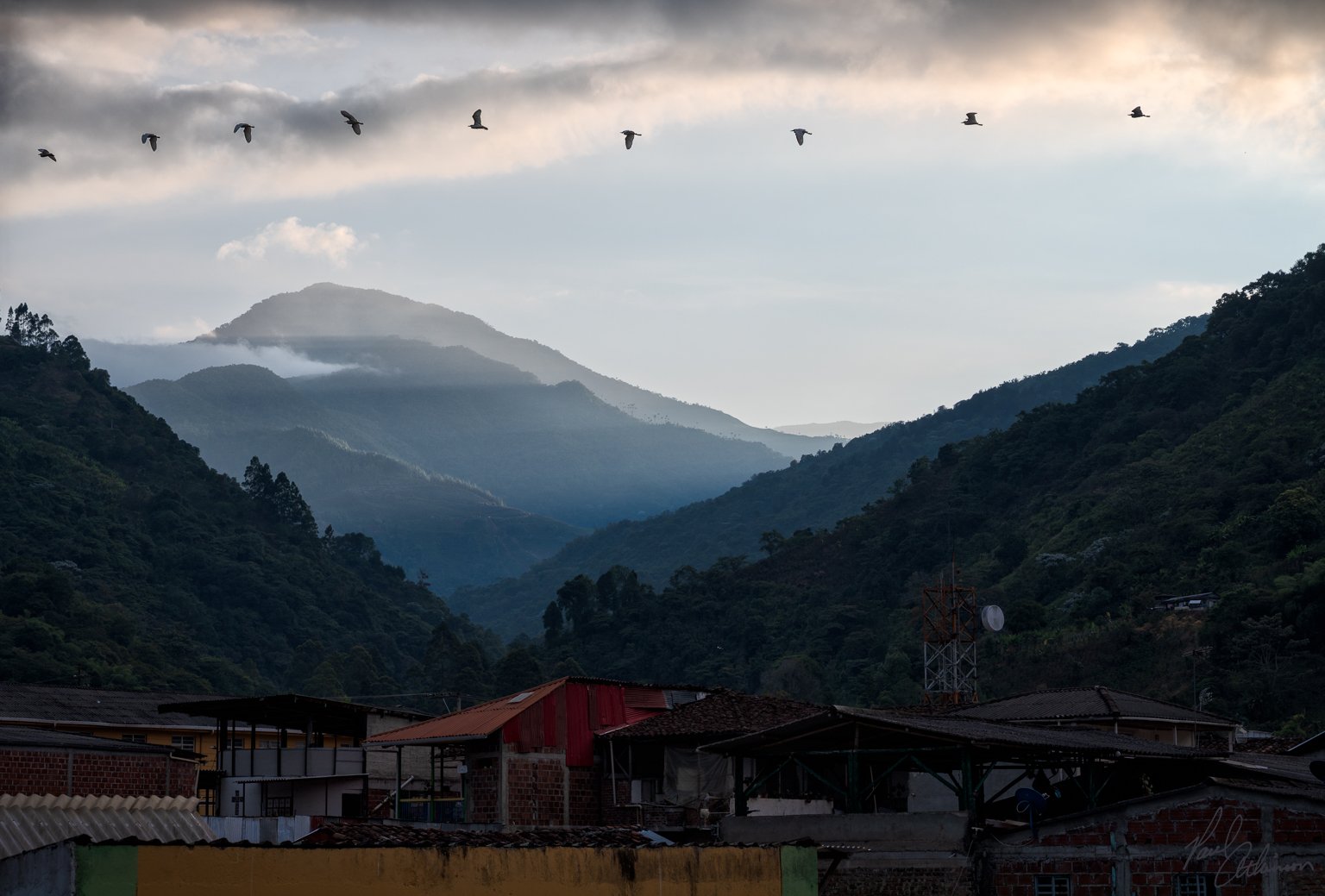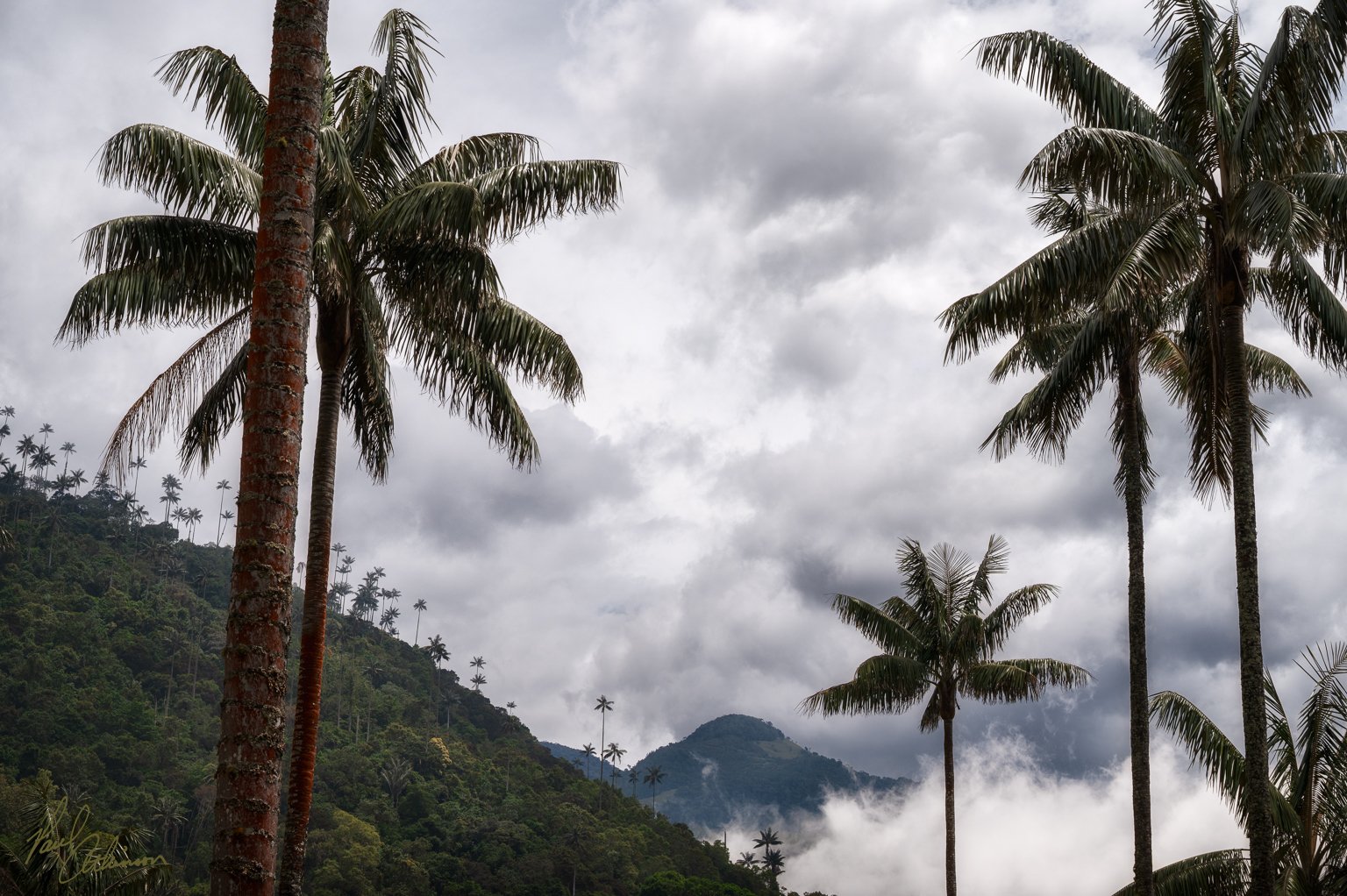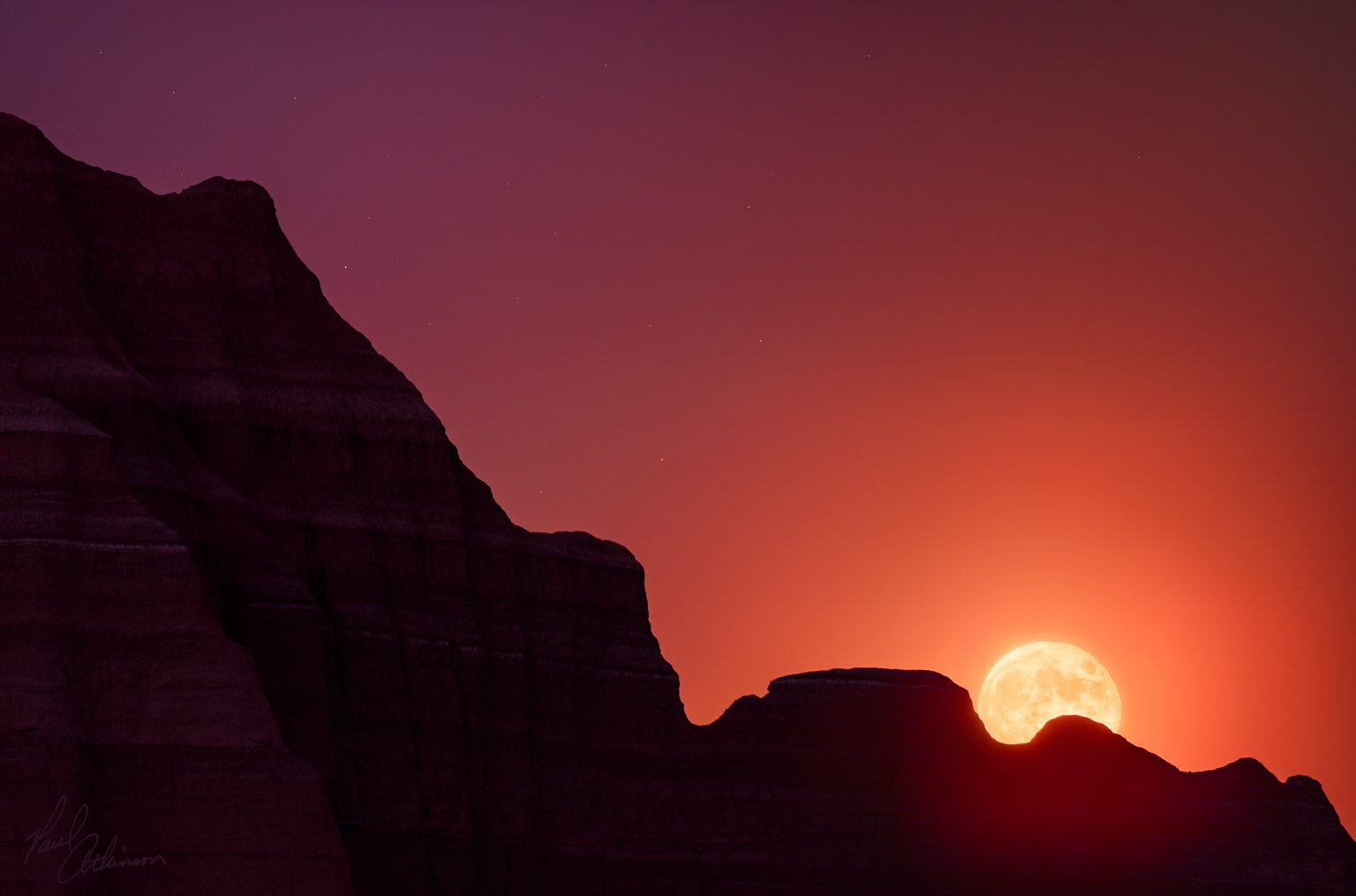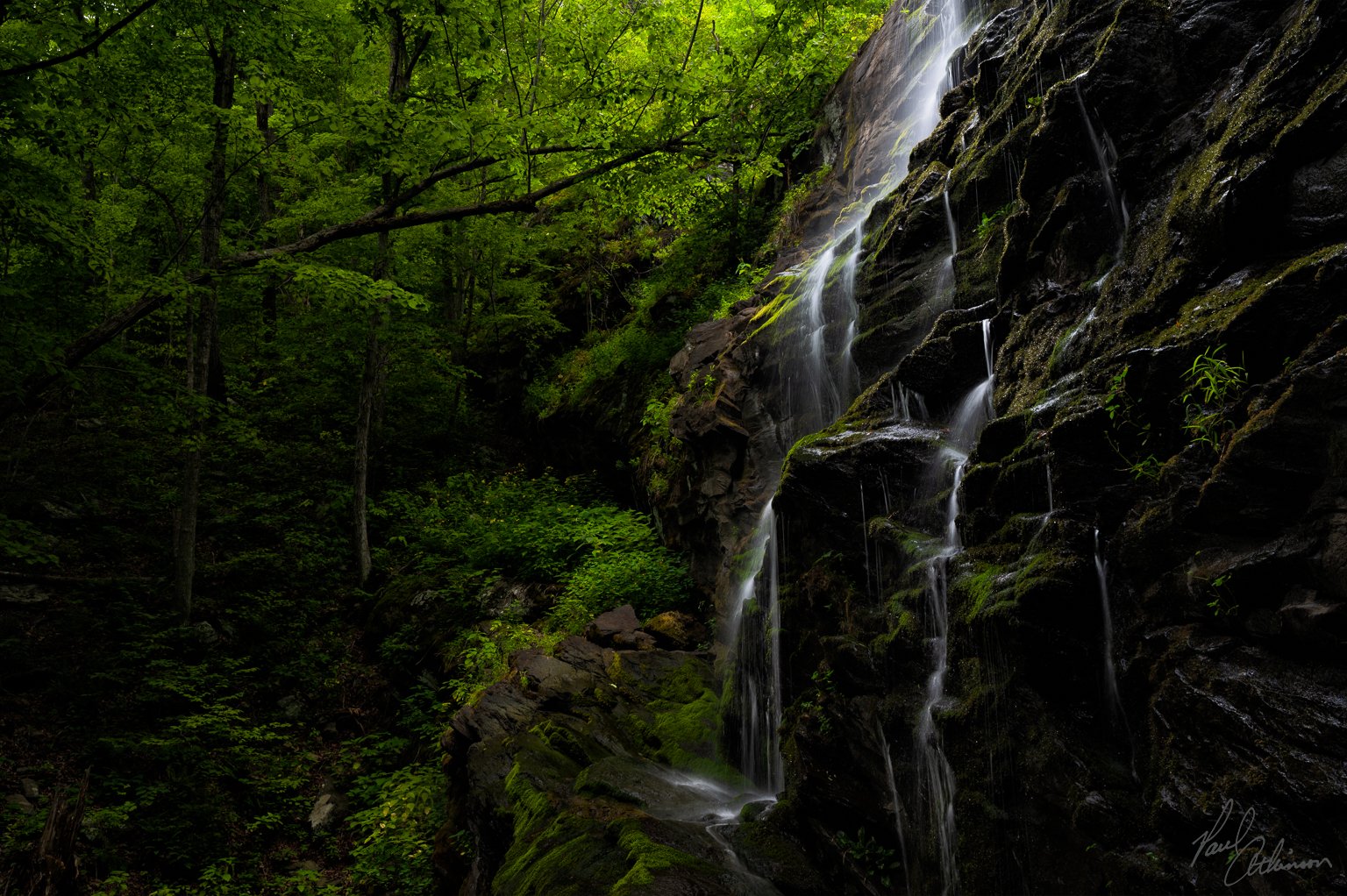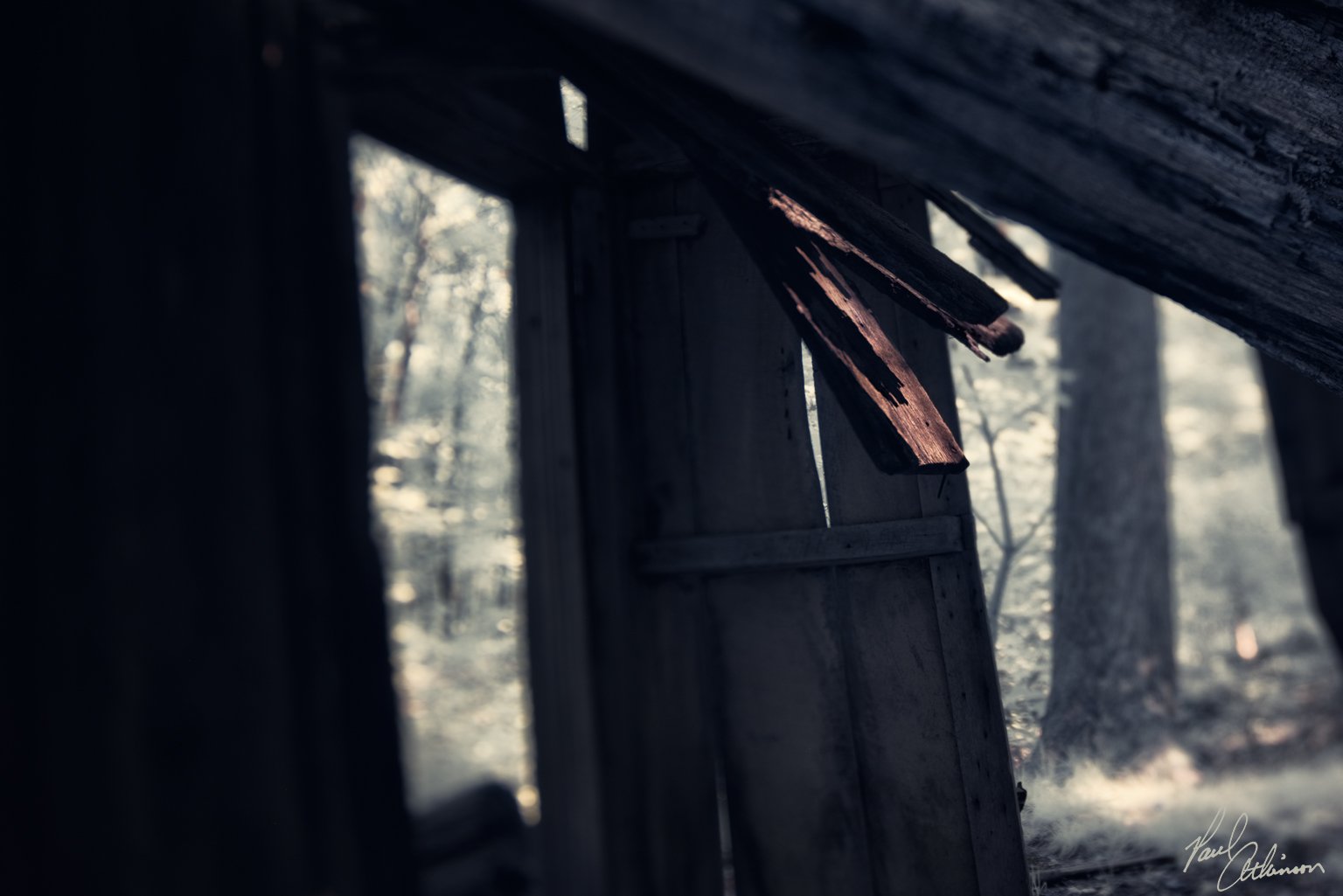2024
ARTIST IN RESIDENCE - Great Basin NATIONAL PARK, Nevada
I spent three weeks getting to know this park in the shoulder season between fall and winter. I spent the first few nights focused on capturing the comet. But capturing the Milky Way, too, was a nice bonus.
A limestone arch, which is a bit of a rarity (with most being sandstone)
Star trails after the clouds had cleared
Clouds sometimes made shooting at night impossible, although on this night I did get a reprieve in twilight.
A little more light 20 minutes later
Sometimes it’s the unplanned that really surprises me. I was hiking to a spot overlooking the valley that I had scouted days earlier for a morning twilight shot. Not far into the hike, I glanced to my right to see how bright the sky was, to judge whether I thought I would make it in time. And at that very moment, I saw this small grove of trees, perfectly centered between the opposing slopes now silhouetted against the brightening sky. Realizing what I had just seen, I looked back just a few steps later, but by then the trees were no longer centered. Debating whether to hurry on or to stop, I walked back those last few steps and looked again. It was a short debate. Although I would likely miss my opportunity at the other spot, I knew I couldn’t let this one go.
While the grand mountains get all of the attention, to me, it is quiet scenes like this that slip by unnoticed every day that is the magic of Great Basin.
Great Basin is known for its bristlecone pines, ancient trees which can live for thousands of years at high elevations. And I was not going home without seeing them. But a winter road closure meant the only way to get to the trail was to first hike up the mountain. I camped there for two nights. The first night was cloudy and cold, but the second night was clear.
It was an amazing experience, being among these ancient living things. I made this image in the evening twilight, which gave me enough time to hike back to the tent and get a few hours’ sleep before getting up to hike to an alpine lake.
Orion hangs above
It was bitterly cold in the blowing wind, but after shooting the above image, I decided to wait the hour or so to see what twilight would bring me.
And it brought me this. Although my fingers and toes begged to differ, it was worth the wait. Incidentally, this was the last image I shot before my last camera battery died from the cold. And with no battery, I was unable to see the image until later that day after I had hiked back down the mountain to warmth and electricity.
Six minutes of morning twilight
Later in my residency, I was on a long hike in the snow to an alpine lake. But the snow had slowed my progress enough that I knew I was not going to make it in time to scout the area before sunset. I consulted the map, and decided to continue on to just before the trail left the ridge. And I found this spot. So here I stayed, for an hour or two, waiting for twilight to breathe some magic into the scene.
And on the way back, I shot this scene which I had noted on the hike in. The snow made it easy to follow my tracks out in the dark. The comet was still visible, although much smaller and fainter since it had now traveled much farther away.
These ancient pictographs were on a rock face at a cave entrance, which I shot near the end of my residency. The waxing moon was now up most of the night which made capturing delicate details of the night sky more difficult as the bright moonlight washed out the stars. But the moonlight did help to illuminate the rock face, which I used to my advantage for this shot.
An alcove, in the moonlight
The park is also home to Lehman Caves, which is where the park got its start just over a century ago as a National Monument. I toured the caves on my last full day.
OUt of the Fog - Cedar Breaks National Monument, Utah
I spent a night here as a waypoint to elsewhere. When I arrived, all I could see from overlook after overlook was the solid white of heavy fog. But as sunset approached, the fog started to lift. And the light show was beyond anything I could have imagined.
Gold-mining ghost town - delamar, Nevada
Off the highway ran a long dusty dirt road, flanked by dueling power lines. After a while it left the power lines behind. Further on the “road” became rougher, eventually becoming a single-lane rocky trail climbing into the mountains. And just about when I started to wonder whether this was really a good idea, the first structure came to view.
The most prominent features in the town were several tall, parallel masonry walls constructed of stones several layers thick, and cemented with mortar. But there were other structures, many others. And the more I looked, the more I found.
Some were partial walls, some were piles of stones, and some were nothing more than foundations.
The hillsides were littered with ruins, many little more than piles of rocks. I was surprised to see masonry structures in such poor condition. But upon closer inspection, I saw why. While the larger structures had been constructed with mortar, many of these others had only soil to plug the chinks and bind the stones together.
In a wetter climate, the timber framework of the mill would have rotted away long ago. But here in the desert, it was well-preserved, with some timbers still standing where they had been erected over a century ago.
Rivets adorn a hand-fashioned coupling, with eroded piles of mine tailings in the distance
Stone and timber were not the only construction materials still present. A number of large metal artifacts were near the mill.
One building, standing apart from all the others high up on a hill, was the only remaining structure with all four walls.
Adjacent to it were the sloped and thick-walled remains of a water reservoir.
Wooden lintels and window frames were still serving their purpose. However, not knowing just how much longer the lintels would continue to do so, I did not linger in the doorways.
Tthe window frames were tapered, being wider on the interior, to minimize narrowing of the opening due to the thick walls. It reminded me of arrow loops in mediaeval castle towers, which employed the same principle, although for a different reason.
A safe with a concrete core, now looted and doorless, lies in a field
I spent several nights camping here. And at night, when the wind died down, it was quiet. Very quiet. I suppose that’s to be expected when a town of several thousand has become a town of one.
Comet Tsuchinshan-ATLAS C/2023 A3
Early morning twilight
Natural sculptures - Kodachrome Basin State Park, Utah
Here are but a few of the wondrous sculptures I found.
Return to Colombia
On this trip I saw some familiar places, and some new ones.
I had been here before, but this time it was a waypoint and not a destination. And this time, the frailejones were covered with bright yellow blooms, like so many mini sunflowers.
But the blue skies eventually gave way to grey ones the further we went.
Alpine palms in heavy fog
And with clouds, came rain. The next day was no better.
Here are a few images from the streets of La Calendaria, Bogotá.
When closed during the day, these kiosks just looked like large metal cylinders. But in the evening they revealed their true purpose.
There were lots of street vendors with overstuffed carts. This cart was the front end of a purpose-built tricycle.
And there were smaller carts, like this one being pushed home at the end of the day.
A man crosses the street as an armored vehicle approaches
Demolition workmen empty their sacks into a dump truck
ARTIST IN RESIDENCE - Petrified Forest NATIONAL PARK, Arizona
I spent two weeks at Petrified Forest National Park, which closes every day around sunset. But as an Artist in Residence, I was able to see a side of the park that few visitors see, the side that emerges after sunset. And for me, it was only then that the park truly came alive. Every one of these images was taken after sunset and before sunrise.
I found myself returning at dusk again and again to the Blue Forest area, and the trail that wound along the ridges of the eroded and colorfully layered hills. The landscape truly took on a magical quality in that subdued light.
The last light of day skims across the winding trail in the scalloped badlands
Sections of petrified log rest where they tumbled from their perch
I also made an overnight backpacking trip to Devil’s Playground, where I found a multitude of fanciful hoodoos.
Light pollution casts an alien glow on the horizon
The Milky Way rises over a tight grouping of hoodoos
Evocative hoodoos line the ridge
Returning to my tent at 3:45 am that first night
And after deciding that one trip wasn’t enough, I returned several days later for another night.
The casita I was staying in was just steps away from an overlook of the Painted Desert, and a trail down into it. I spent some time there, too.
Deepening twilight softly illuminates sculpted rock above the Painted Desert
Petroglyphs on a rock face, with the orange glow of light pollution on the horizon
Photographing the aurora is something that has long been on my wish list. But I never thought I would have that chance in Arizona! I had missed it the night before, not realizing that it would extend this far south. But I was on the lookout the next night. I had hiked several miles into the Painted Desert, but thoughts of getting a good night’s sleep before backpacking the next day had convinced me to turn around not long after dark. I was well on my way back when I glanced to the side and noticed something odd in the sky - what was that? Some sort of refraction from the moon? Or could it be … I stopped, quickly set up the tripod, and pointed the camera at the hazy white lines I saw in the sky. But where I saw white, the camera saw red. And lots of it.
The camera reveals a rare aurora above the moonlit Painted Desert
Five minutes after I first noticed the light, it had started to noticeably fade. Eventually, all that showed up in images was a very faint pink tint. But we both knew, the camera and I, that we had borne witness to something wonderful.
Chiricahua National Monument, Arizona
Prior to my residency at Petrified Forest National Park, I spent a few nights camping in this remote National Monument. The nights were cold, and wild turkeys strolled through the campground enthusiastically delivering the pre-dawn wakeup calls. But the scenery was incredible.
Orion sets as evening twilight descends
Trails wound among the numerous rock formations.
And in the dark, these formations took on odd shapes against the night sky.
And it wasn’t long before I was seeing giant rock heads gazing up at the sky. The imagination does that when you’re out alone in the dark; it fills in the gaps. But that’s what makes it all so magical.
Rock silhouettes resemble heads looking up as light pollution illuminates the horizon
Organ Pipe Cactus National Monument, Arizona
No trip to Arizona is complete without cacti. I found plenty here.
This oddly-curved stalk swayed in the wind, which greatly complicated getting focus. I had to guess where it might be and try to focus as it passed by.
Rather than looking for perfect specimens, I found I was drawn to the wounded, the dying, and the dead ones. Everything eventually succumbs to the desert.
Drooping and delaminated
Infrared really showed the contrast between living and dead, with the dead ones devoid of color.
Ghost Town - Ruby, Arizona
All that remains of a small multi-room adobe house
I spent a few nights camping at this remote ghost town. There were quite a few structures remaining, although most were in various stages of collapse.
Definitely not leaning too far over this mine shaft
It had been a mining town just a few miles north of the border. The first mining claim was filed in 1877, for gold and silver, and it remained a small mining camp for the next few decades. By 1926 it had transitioned to a successful lead and zinc mine, eventually swelling to a population of 1200.
Under the herdframe, adjacent to the mine shaft
Barrels next to foundations for mining equipment, long since relocated to another mine
Adobe house with timber addition
The original buildings were built from adobe, which is basically bricks of dirt. Later additions were built of timber, likely made possible after the arrival of the railroad. When adobe walls topple over, rain eventually melts them back into the earth from whence they came. Several adobe buildings have already disappeared in this manner.
What was once a slide, behind the schoolhouse
Schoolhouse piano
Kitchen, missing a sink
What was once a bathroom, now emptied of all fixtures
A sliver of light retreats down the wall as the morning sun rises
The door may be barred, but the wall is open
Doorway to a room in the partially-collapsed boarding house
The mine closed in 1940 when the ore gave out. And with it, went the town.
Ceiling slats in a now-roofless house
I had wanted to visit this ghost town for several years, but its location in southern Arizona made it difficult to justify the journey. This year I received grant funding to help pay for travel expenses, so I finally was able to go. And it appears I was just in time - just a couple weeks after my visit, this ghost town, which is privately owned, is now closed to visitors.
This project is supported by the United Arts Council of Wake County, Raleigh Arts, and the North Carolina Arts Council, a division of the Department of Natural and Cultural Resources.
Total Solar Eclipse
In 2017, I had assumed that seeing an almost total solar eclipse from home was almost as good as seeing an actual total solar eclipse from somewhere else. I was wrong, and I was not going to make that mistake again. So I made plans early to be in the path of totality for the April 8, 2024, total solar eclipse. I chose Ohio. I tempered my expectations with the knowledge that historically there was a good chance of clouds on that date, and it wasn’t until that very morning that weather forecasters finally gave some good news.
Venus, a tiny point of light, hangs below the eclipsed sun as a sudden twilight blankets the landscape mid-afternoon.
While I was well prepared for the mechanics of the event, I was not prepared for the emotions of witnessing such raw beauty. Pictures cannot convey what it felt like to see in the sky that ring of pure white light radiating outward from nothingness, as twilight fell all around.
Red solar prominences leap out from the hidden sun as beads of light breaking through the moon's valleys signal the end of totality
This was now my second solar eclipse in six months. I was sure it would not be my last.
colombia
This was my first trip to South America - and it did not disappoint. Colombia is a land bursting with biodiversity, whether brilliantly-plumed birds, rare plants, or unknown fruits. After a few days in the streets and museums of Bogotá, we headed to a rural region, where they grow coffee and make chocolate.
Stars glow in the early morning twilight above the plantation
We spent some time on a cacao plantation, and also in a small mountain town. All towns in this region seemed to follow the same plan, which consisted of a large central square with wide sidewalks, benches, and manicured shrubbery (and a bust of Simón Bolívar), with the church on one side, the police station on the other, and restaurants, and an occasional bank or pharmacy and the like lining the rest of the periphery. It was a place families would come to, to talk, to relax, to enjoy.
The church steeple rises high above this small rural town, as seen from a backstreet
Enjoying the evening, on a side street off the central square
Multiple exposure of a bird in flight as morning light streams across the mountain ridges
From this base camp we took a long Jeep ride up into the mountains for a hike high up in an alpine tundra.
This is where the frailejones grow, an incredibly slow-growing succulent that absorbs moisture from the passing clouds and returns it to the soil.
A shrine found along a steep forest trail
2023
ARTIST IN RESIDENCE - Capitol Reef NATIONAL PARK, Utah
In October I completed a four-week residency at Capitol Reef National Park as this year’s night sky photographer. It was an amazing experience under some truly dark night skies. My first week was spent scouting suitable locations for night photography. First task was to find somewhere to shoot the Harvest Supermoon. The park’s remote Cathedral Valley provided just the scenery I was looking for.
Harvest supermoon rises
The next task was to find a great location to shoot the region’s most-anticipated event, the annular solar eclipse of October 14, 2023. While I had shot many lunar eclipses, this would be my first solar eclipse, and I knew I would only get one chance. I had to get it right.
After evaluating and discarding a number of locations, I settled on a remote location in the Lower South Desert where I could position myself so the sun would trace a path along the edge of a prominent rock formation, Jailhouse Rock.
I returned the day prior to the eclipse, and one backcountry permit and a short backpacking hike later, I was there. I spent the rest of the day evaluating the best locations to set up my tripods, and when to move to the next location, and marked them in the sand of the dry wash I would shoot from.
It was cold that night, which made it difficult to get more than a few hours’ sleep. In the morning I realized just how cold, when I discovered I had complimentary ice water.
It felt good to stand in the warm sun when it finally cleared the horizon. The moon touched the edge of the sun shortly after 9 am, steadily progressing until just a crescent sun was left.
Crescent sun prior to maximum eclipse
The period of maximum eclipse lasted for four and a half minutes, rendering the sun as a ring around the moon. Light cloud cover added drama to the resulting photograph. And by noon, three hours after it began, the eclipse was over. I was tired and worn out, but happy that I had gotten the shot. I took that night off and got a good night’s sleep.
A meteor flashes in the sky against the less-showy but still beautiful northern arm of the Milky Way
Capitol Reef National Park abounds in rugged beauty, most notably the eroded rock formations. I ended up shooting these same rock formations and their neighbors over four separate nights, finding different angles and perspectives.
Photography is all about being in the right place at the right time. And to that I would add recognizing when that right time is. And having a camera set up, focused, and pointed in the right direction. I was fortunate to have done the preceding when I saw a bright white light visibly moving across the heavens. I believe that white light (seen below) is a Falcon 9 rocket which had been launched an hour and a half earlier.
Some treasures are hidden away in side canyons, but are there just the same if you take the time to look. Here I found gold in the moonlight.
Stars fade as dawn spreads across the desert
Want to see more? Click on the images below …
The four weeks eventually came to an end. I headed east on the highway, the same highway I had used many times during my residency. Only this time, I would not be turning left or right to travel to remote regions of the park. This time, I was headed straight. I had one more night before I had to drive back to the airport in Salt Lake City, and I spent that night in the Labyrinth Canyon Wilderness. Heavy cloud cover obscured the night sky, but made for an amazing sunrise.
Three of the five windows in Colonnade Arch (with the remaining two being in the roof) at dawn
I was packed up and ready to hike out, but pulled out the camera for one last photograph. I’m glad I did.
A window to the wilderness, through yet another arch
Artist in Residence - Shenandoah National Park, Virginia
Caught in action (photo by Dani Goodman)
In August I completed a three-week residency at Shenandoah National Park.
Sunset near an overlook
The park’s best-known feature is Skyline Drive, which runs the length of the park for over 100 miles and is punctuated every few miles by overlooks of the mountains and valleys.
Sunrise along Skyline Drive
Sunsets and sunrises are amazing, but morning twilight is magical.
The park also has plenty of trails, including the renowned Appalachian Trail which runs through it…
… as well as beyond trails into the backcountry, where wonders can still be found.
Yes, Shenandoah is all this, but take another look once the day fades, and you may be surprised at what you find.
Along Skyline Drive at 3:40 am
A lone dead tree is silhouetted against an almost-full moon
A few early Perseid meteors over Skyline Drive (and lightning on the horizon)
Perseid meteor shower over Big Meadows
Towards the end of my residency, I spent a night camping on Blackrock Summit, which is topped with fractured volcanic rock. The sunset was amazing, but it was nothing compared to when the stars came out.
My camera and I worked late into the early morning hours, and then we were up again just a couple hours later to witness the morning twilight.
Light from the rising midnight moon paints the distant peak from behind
Want to see more? Click on the images below …
Within the park boundaries can still be found remnants of the lives once lived there. One of these is the site of the abandoned Pocosin Mission from the turn of the last century, of which little now remains. These images were made in infrared light.
Want to see more? Click on the images below …
















































































